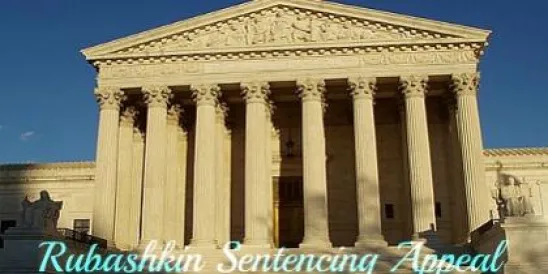A case argued to the Supreme Court on October 15 on what appears to be an esoteric issue may nonetheless have a huge impact on the cost of patent litigation. The Court heard argument in Teva Pharma. USA, Inc. v. Sandoz, Inc., over whether the Federal Circuit, in an appeal challenging the trial judge’s construction of patent claim language, must accept the facts found by the judge absent clear error. The Federal Circuit has held that it reviews challenges to claim constructions upon appeal without deference to the trial judge’s findings. In the view of many observers, this practice of de novo review goes a long way to explain why the Federal Circuit reverses claim construction in about half of all appeals. And with those kinds of odds, a party defeated at the trial level is likely to place a bet on an appeal.
Claim construction is a common subject of patent infringement appeals. In patent infringement cases, the trial judge must construe the meaning of any disputed language used in the patent claims before infringement or invalidity may be determined. Because patent claims must be construed as they would be understood by a “person of ordinary skill in the art,” judges will frequently hear testimony from an expert or refer to other material to determine how persons in the field are likely to understand terms of art not defined within the patent. They are engaged in fact finding as a part of claim construction.
The Federal Rules of Civil Procedure provide that findings by a judge must be upheld on appeal unless they are clearly erroneous, with due regard to the trial judge’s opportunity to judge the credibility of a witness. If the Supreme Court holds that this rule governs fact determinations made in the course of construing claims, we may see more evidence submitted to a trial judge engaged in claim construction and fewer appeals of such rulings.







 />i
/>i
